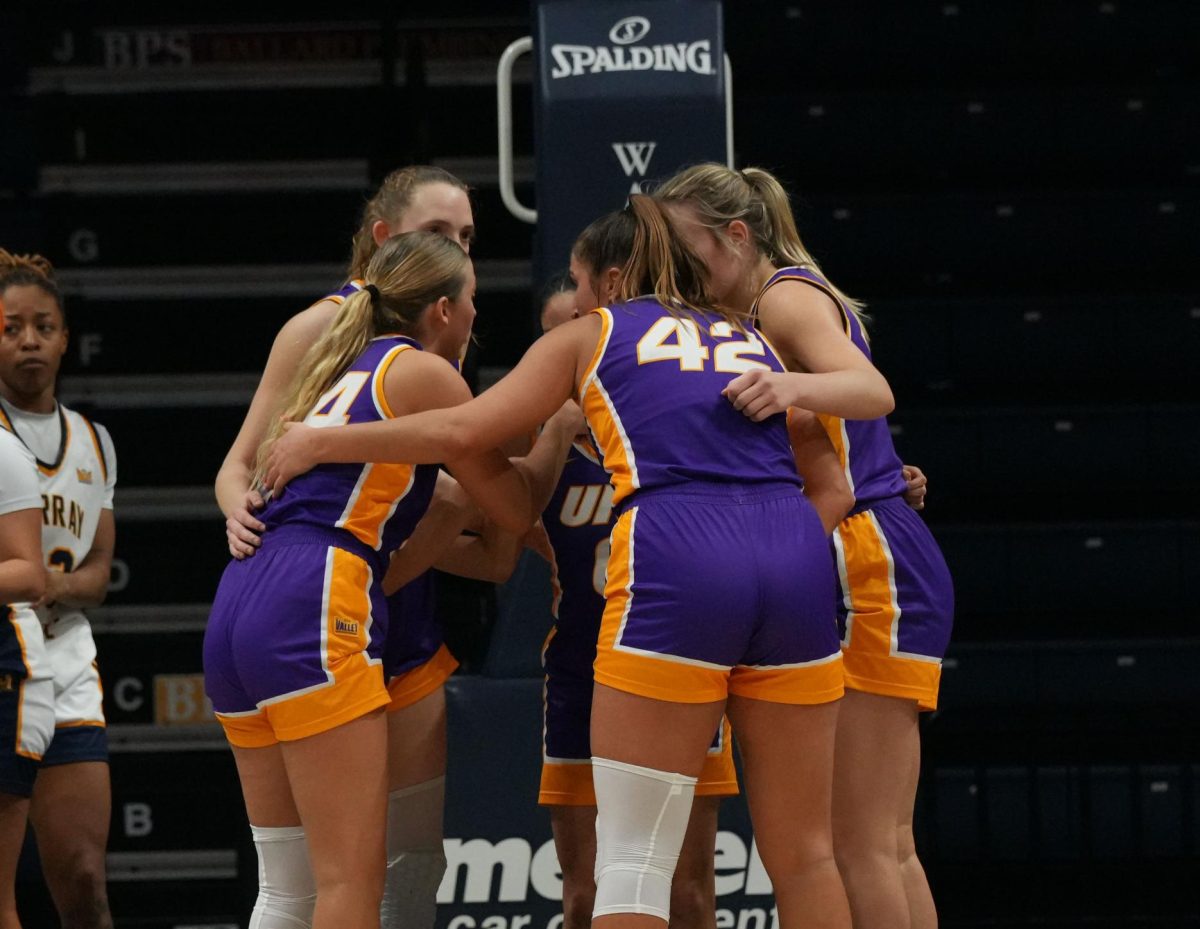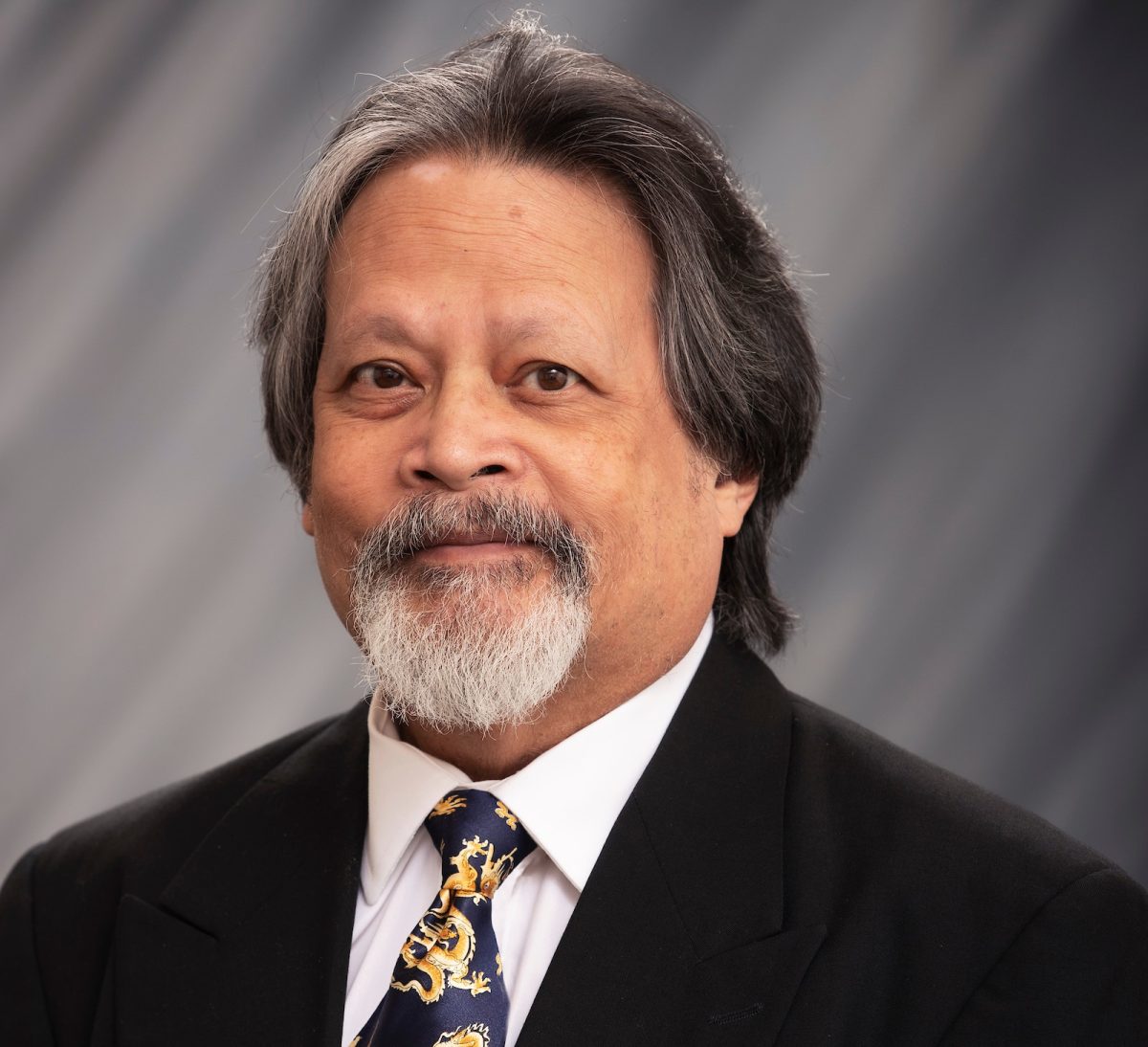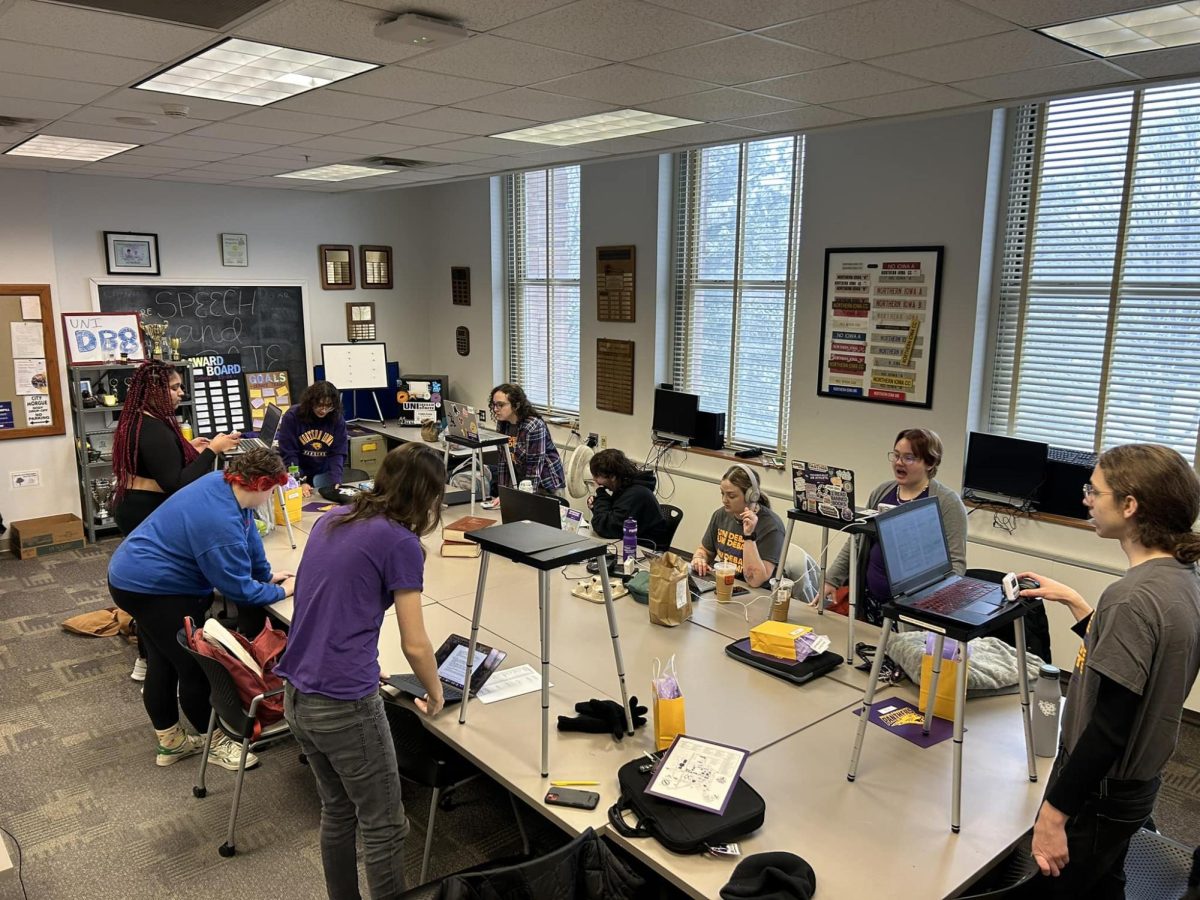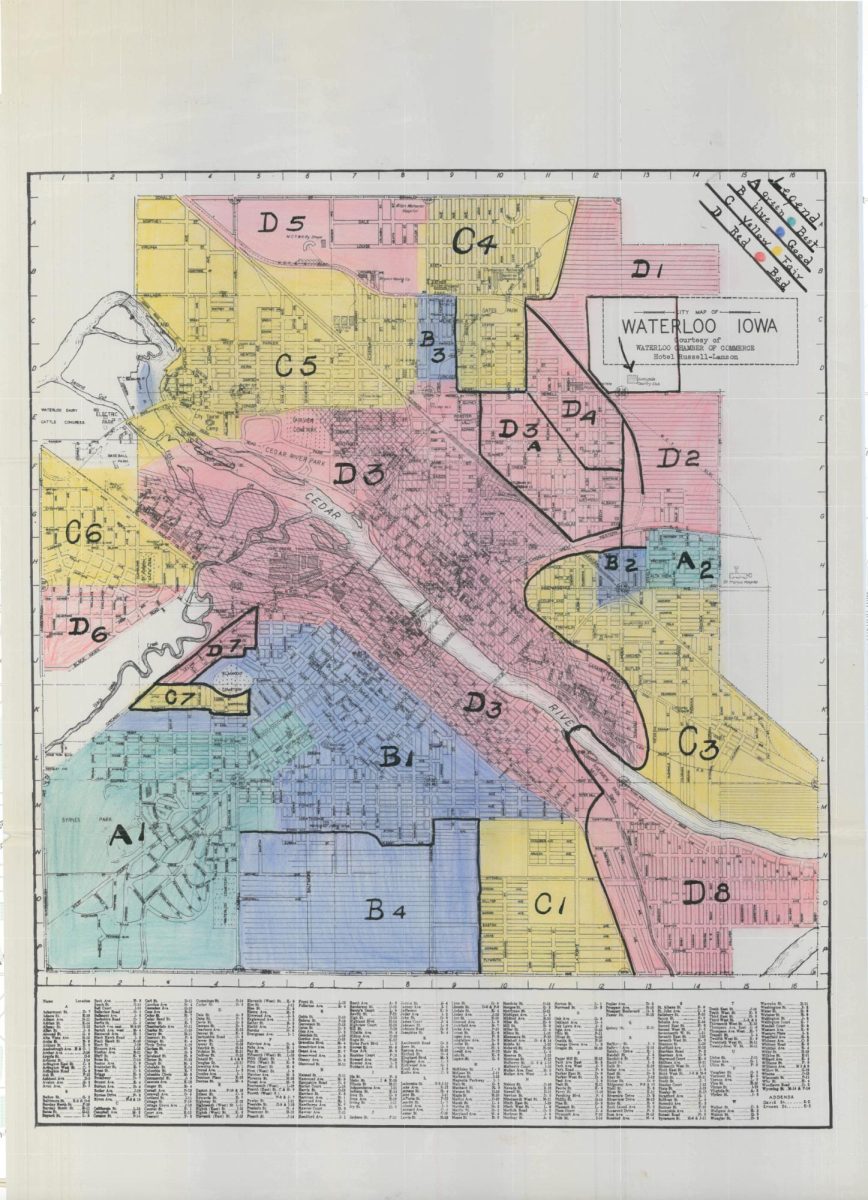Drake Martin, Assistant Director of Residence and Education, gave a workshop covering “Personality and Leadership Styles” on Thursday in the Schindler Education Center.
The workshop helped participants describe their personalities, analyze their leadership styles and taught how to apply that knowledge in a group dynamic. The event was free of charge and open to anyone interested.
A former boss of Martin’s at the University of Wisconsin used personality analysis in his training and taught Martin in the area, since Martin was so interested in it. He has since presented at conferences about the effects of personality type on leadership. Martin uses the Myers-Briggs Type Indicator test as a base for students to assess their personalities.
“It’s a mirror that reflects your life back to you,” Martin said.
According to Martin, the test has been taken by over 100 million people and is based on 50-plus years of research. Carl Jung influenced the mother-daughter team of Katharine Briggs and Isabel Briggs-Myer. The test was originally thought up because Katharine wanted to see what type of guys her daughter was dating.
To Martin, personality is like a house and personality type is like the basement. While a house can change and is dynamic, the basement always stays the same and serves as a sturdy foundation. Personality types are natural and inborn, like height and eye color.
The Myers-Briggs test works on a gradient in four separate categories: extravert/introvert, sensing/intuition, thinking/feeling, and judging/perceiving. These scales allow for 16 different personality types to come forth, based on one’s correspondence to one side or the other. Affinity groups can then be found, describing the manner in which one sees a situation.
A brief description of each pairing was given to the participants.
Extravert/introvert scale judges where one’s focus is. Extraverts are more likely to focus on the outer world and learn better by doing or discussing, but introverts would rather look inside themselves for an answer and prefer writing and private reflection. People who sense rely on direct experiences that happen to them, take observations, and operate sequentially. Intuitive persons trust their inspiration, jump around in order and look at the big picture.
According to Martin, a difference in the genders emerges in the thinking/feeling couple. 56 percent of males and 25 percent of females are thinkers while 44 and 75 percent of males and females respectively are feelers.
Martin describes it simply.
“Picture Judge Judy on the left (thinking) and Oprah on the right (feeling),” Martin said.
Thinkers are analytical, impersonal and objective when coming to conclusions. They have no problem hurting fellow group members’ feelings to get the correct effect out of them. Feelers, on the other hand, are much more sympathetic. Personal values, acceptance, and validation are important to them.
According to Martin, this can come as a disadvantage.
“(Feelers) like harmony to the point that if you’re a leader, and you’re a feeler, you may avoid confronting someone to avoid disharmony,” said Martin.
This doesn’t stop people from becoming good leaders. Those who are predominately on the feeling side of an issue have even been able to become president.
“Bill Clinton is a feeler, with the wrong people sometimes,” Martin joked.
The final set, Judging and Perceiving, influences the way one goes about a situation. Judgers are usually organized people with a plan who hate to see surprises. Perceivers are open-minded, flexible and energized by last-minute pressure, which is a nice way to say “procrastinators.” Martin contrasted the two categories by talking about his daughters. One daughter loved to be tickled, the ultimate loss of control in one’s body, while the other detested being tickled. Another time, he was going to drive them to a surprise. The first daughter, a Judger, was angry and wanted to know the surprise, and her Perceiver sister put her hands over her eyes, hoping to make the surprise last longer.
Workshop participants were asked to judge themselves on the gradient to give a rough estimate of their personalities to work with during the hour. After that, Martin put together different peoples’ types to form a complete picture of personality. Then, this was applied to the process of leadership.
According to Martin, to fully work through a problem as a leader, one must tap into all different personality types. First, sense what the situation is and gather the facts. Next, find new possibilities by using imagination and intuition. Then, think about the effects of acting on each possibility. Finally, weigh the human consequences of carrying out one of the different plans of action. Using this process, one can make well-rounded decisions for oneself or a group.
Martin concluded the workshop with talk about personality type and one’s future. According to Martin, people who are opposites on the scale can either repel each other or compliment each other. This holds true in the workplace as well. One drifts towards occupants that better suit his or her personality type. The same goes for selecting a major. The truer one is to one’s type in leadership, the stronger he or she will be.
Martin gave one last bit of advice.
“Find someplace where they will value your born skill possibilities,” said Martin.
The Myers-Briggs Inventory can be completed in abbreviated version online or purchased from stores around the area, including University Book and Supply. For further information about leadership studies, contact the department at 273-6898 or by email at [email protected].






